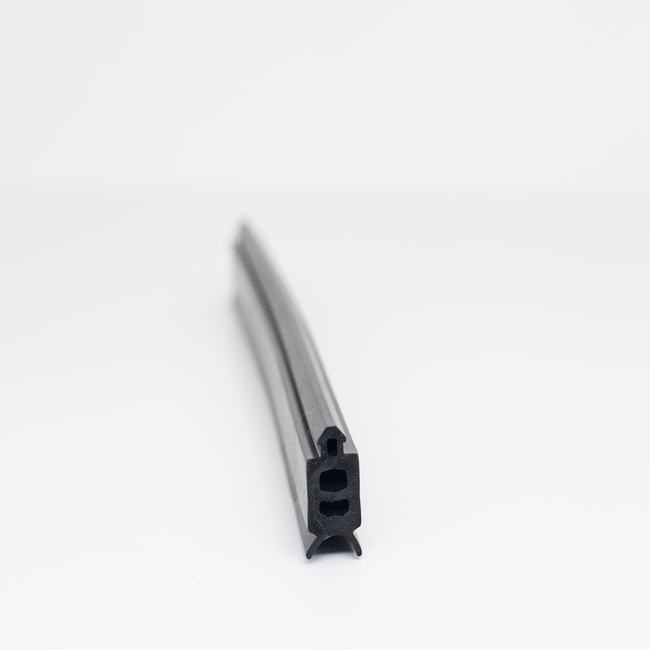EPDM (Ethylene Propylene Diene Monomer) rubber seals are versatile sealing components made from EPDM rubber, a synthetic elastomer known for its excellent resistance to weather, temperature extremes, UV radiation, ozone, and a wide range of chemicals. EPDM rubber seals are used in various industries and applications for their exceptional sealing properties and durability. Here are some key features and common applications of EPDM rubber seals:
Key Features of EPDM Rubber Seals:
- Weather Resistance: EPDM rubber is highly resistant to environmental factors such as sunlight, rain, and temperature fluctuations. It remains flexible and durable over time in outdoor conditions.
- Chemical Resistance: EPDM rubber exhibits good resistance to a wide range of chemicals, acids, alkalis, and solvents, making it suitable for applications where exposure to chemicals is a concern.
- Temperature Tolerance: EPDM rubber can withstand both high and low temperatures, making it suitable for use in extreme temperature environments without losing its sealing properties.
- UV and Ozone Resistance: EPDM rubber is highly resistant to UV radiation and ozone, making it ideal for outdoor and exposed applications without suffering from degradation.
- Excellent Sealing Properties: EPDM rubber seals provide effective sealing against air, water, moisture, dust, and environmental contaminants. They are known for their reliable and watertight sealing performance.
- Flexibility and Elasticity: EPDM rubber is flexible and elastic, allowing it to conform to irregular surfaces and maintain a tight seal even when compressed or stretched.
Common Applications of EPDM Rubber Seals:
- Automotive Industry: EPDM rubber seals are used in various automotive applications, including door seals, window seals, weatherstripping, gaskets, and hoses to provide weatherproofing, noise insulation, and sealing.
- Construction Industry: EPDM rubber seals are employed in the construction of doors, windows, roofing, curtain wall systems, and HVAC systems to prevent air and water infiltration and provide thermal insulation.
- HVAC (Heating, Ventilation, and Air Conditioning): EPDM rubber seals are used in HVAC systems to create airtight seals in ductwork, air handling units, and ventilation components.
- Electrical and Electronics: EPDM rubber seals provide protection against moisture, dust, and environmental contaminants in electrical enclosures, electronic devices, and control panels.
- Marine Industry: EPDM rubber seals are used in boats and ships for sealing hatches, ports, windows, and access panels to ensure watertight integrity.
- Aerospace: In the aerospace industry, EPDM rubber seals are used in aircraft components, such as doors, windows, and access panels, to provide reliable sealing in demanding aerospace environments.
- Medical Devices: EPDM rubber seals are used in medical equipment and devices where chemical resistance and sterilization compatibility are essential.
- Food and Beverage Industry: EPDM rubber seals are employed in food processing equipment, beverage dispensing systems, and pharmaceutical applications to maintain hygiene and prevent contamination.
- Industrial Machinery: EPDM rubber seals are used in various industrial applications, including sealing pumps, valves, tanks, and hydraulic systems.
Proper selection of EPDM rubber seals is crucial to ensure they meet the specific requirements of the application, including factors such as temperature range, chemical exposure, and compression requirements. Manufacturers’ guidelines and recommendations should be followed for optimal performance and longevity of EPDM rubber seals.


